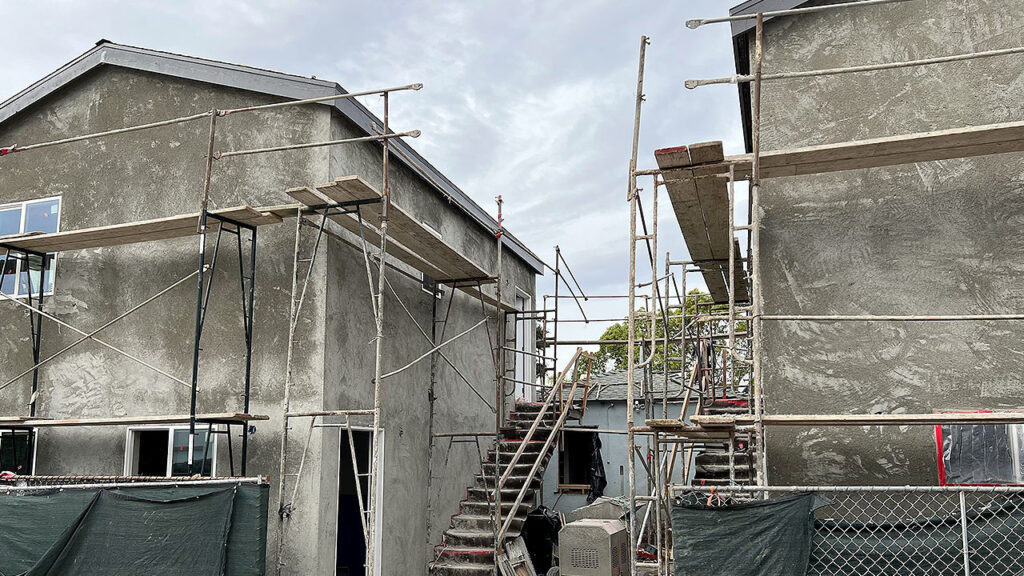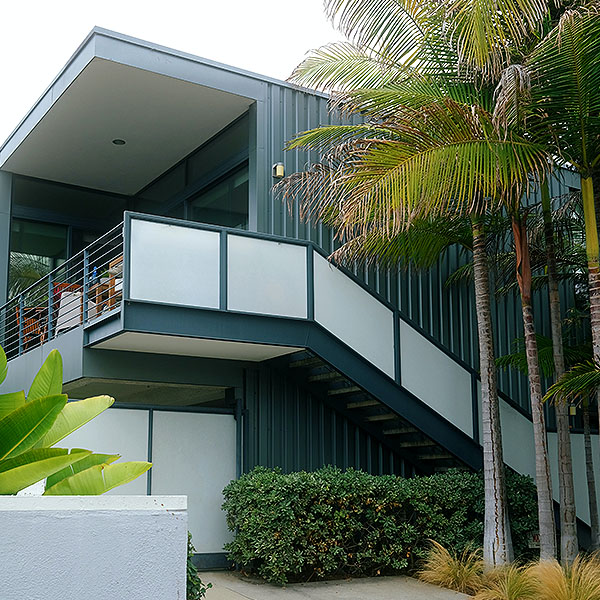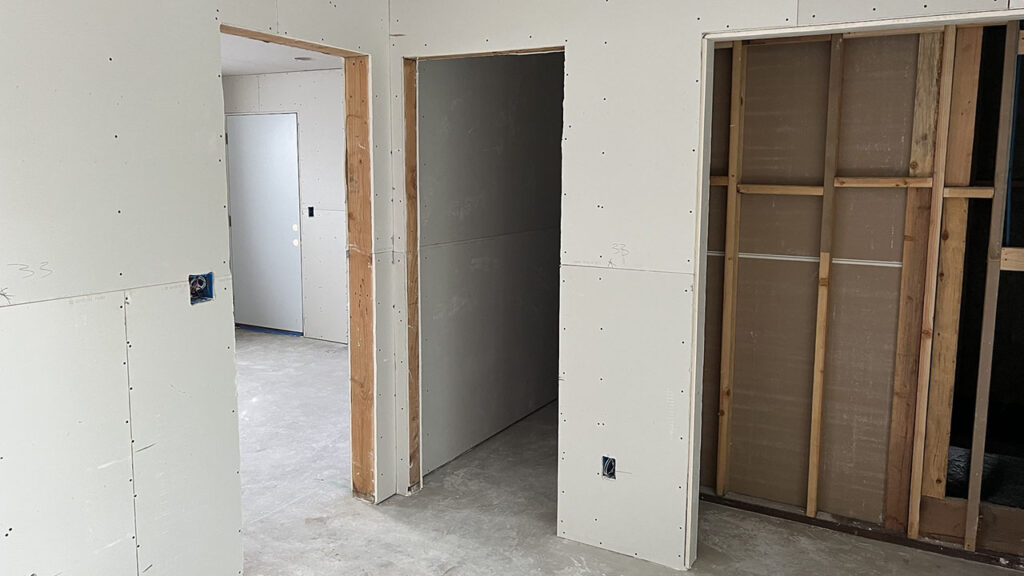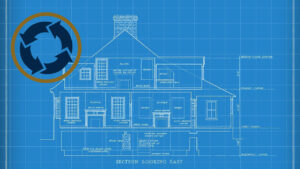Recent changes to California law have made it easier for property owners to add accessory dwelling units (ADUs) to their properties by streamlining permitting and reducing or eliminating certain requirements for parking, setbacks, and various impact fees. Previously, some of these processes might delay a project for years, often making it unfeasible. But under this new law, projects are deemed “approved by right” so long as they meet certain standards described in the statute.
As a result, California property owners may be able to generate additional income by adding one or more ADUs such as a granny flat, casita, guest house, or mother-in-law suite.

While the ADU laws apply to both single family-zoned properties (SFP) and multifamily-zoned properties (MFP), for purposes of this article, the focus is on SFPs.
It’s also important for property owners and developers to note that while the ADU laws are statewide, many municipalities have established their own sets of rules and incentives, so specific requirements vary from city to city. This article focuses primarily on requirements and allowances established by the City of San Diego. Anyone considering an ADU project outside of San Diego should review local laws.
The ADU Law in a Nutshell
In California, single family-zoned properties are allowed one ADU and one junior accessory dwelling unit (JADU) “by right.”
In San Diego, an ADU is defined as a residential dwelling unit that is:
- Up to 1,200 square feet
- Provides complete independent living facilities for one or more persons, including permanent provisions for living, sleeping, eating, cooking, and sanitation
- Is located on a lot with a proposed or existing single dwelling unit or multiple dwelling units.
In San Diego, a JADU is defined as a residential dwelling unit that is:
- Not less than 150 square feet and not more than 500 square feet
- Located within an existing or proposed single dwelling unit, or an attached garage, on a residential single dwelling unit lot.
Also, as long as the property is outside the Coastal Overlay Zone, no onsite parking spaces are required for ADUs, nor do parking spaces lost due to converting or demolishing a garage or carport need to be replaced.
The property owner is not required to live onsite except when the property has both an ADU and a JADU. In that case, the owner must occupy either the newly-created JADU or the original single-family residence.
Just in case you are thinking an ADU would make a great short-term vacation rental, that practice is specifically prohibited.
The ADU Bonus Program
The new ADU/JADU laws are designed to incentivize growing the supply of affordable housing in California. In San Diego, city planners went a step further by creating incentives for developers to build even more ADUs earmarked for low-income renters.

The city’s ADU Bonus Program allows the construction of additional units on a property once an owner has maximized the number of ADUs allowed by right. It allows one market-rent “bonus” ADU for each ADU that is deed-restricted as affordable to low-income households for 10 years or moderate-income households for 15 years.
For properties within the San Diego Transit Priority Area (TPA, which in California is an area within half a mile of a major transit stop that is existing or planned), for every qualifying on-site deed-restricted ADU, one additional non-deed-restricted bonus ADU is allowed. While there is no limit on the number of bonus ADUs allowed, their development must comply with maximum floor-area-ratio (FAR) and maximum lot coverage requirements, plus height restrictions and setbacks for the zone in which the property is located.
For properties outside the TPA, the limit is one bonus ADU.
Bonus ADUs need to be comparable to market-rate ADUs in terms of size, bedroom count, amenities, and features, though there are allowances when it is not possible to provide direct proportionality.
The bonus ADU deed restriction for affordability is guaranteed through a written agreement and a deed of trust entered into by the property owner and the San Diego Housing Commission.

How Many ADUs Can You Build within a TPA?
While the number of ADUs allowed is technically unlimited, development is capped by maximum FAR, lot coverage requirements, height restrictions, and setbacks for the underlying zone. Here’s an example of a developer who purchased a detached, single-family residence within the San Diego TPA.
- Single Family Home: existing SFR comprising 1,250 square feet plus a garage.
- Lot Size: 11,400 square feet.
- Zone: RS-1-7 Residential-Single Unit Zoning, with neighbors on either side and behind.
- ADU Development: developer was approved to add one ADU by right, three affordable ADUs, and three bonus ADUs. When you include the original SFR, the site increased from one unit to eight units!
- ADU Deed Restriction: developer signed an agreement with the San Diego Housing Commission and recorded an affordable housing deed for the property restricting three ADUs as affordable.
- Affordable Units: rent for the three affordable ADUs is restricted to what is affordable for a Moderate Income Household to rent for 30% of 110% of Area Median Income (AMI) for 15 years.
In this scenario, the developer was able to turn a SFR into eight rental units.
Converted the house and garage into two units:
- One market-rate 767 square foot, 2-bed, 1-bath unit
- One market-rate 647 square foot, 2-bed, 2-bath unit
Constructed two, 2-story, 3-unit ADUs in the backyard, for a total of six units:
- Three affordable 744 square foot, 2-bed, 1-bath units
- Three market-rate (bonus) 744 square foot, 2-bed, 1-bath units
Get The Expertise You Need
As with most real estate development projects, success depends on the quality of planning and preparation. The new ADU laws are just that—new. They can also be complicated. Consulting an attorney or even an experienced ADU contractor, such as SnapADU or ADUGeeks, may be a good starting point for even seasoned developers.
Working with an experienced lending partner such as Enact Partners is also highly recommended. Doing so can lead to greater efficiency versus a more costly and drawn-out process.
Enact Partners has decades of real estate development and lending experience. Our lending approach allows us to focus on the merits of borrowers and their specific projects versus the more rigid practices of traditional bank lenders. More than ever, this is important in the current climate where banks and Wall Street lenders are tightening their purse strings. Luckily, Enact Partners is a Main Street lender, so despite recent trends, we continue to lend on projects with solid fundamentals—whether for land acquisition, construction, value-add, or bridge loans.
Contact Us About Your Borrowing Needs
(760) 516-7776 | [email protected] | www.enactpartners.com





